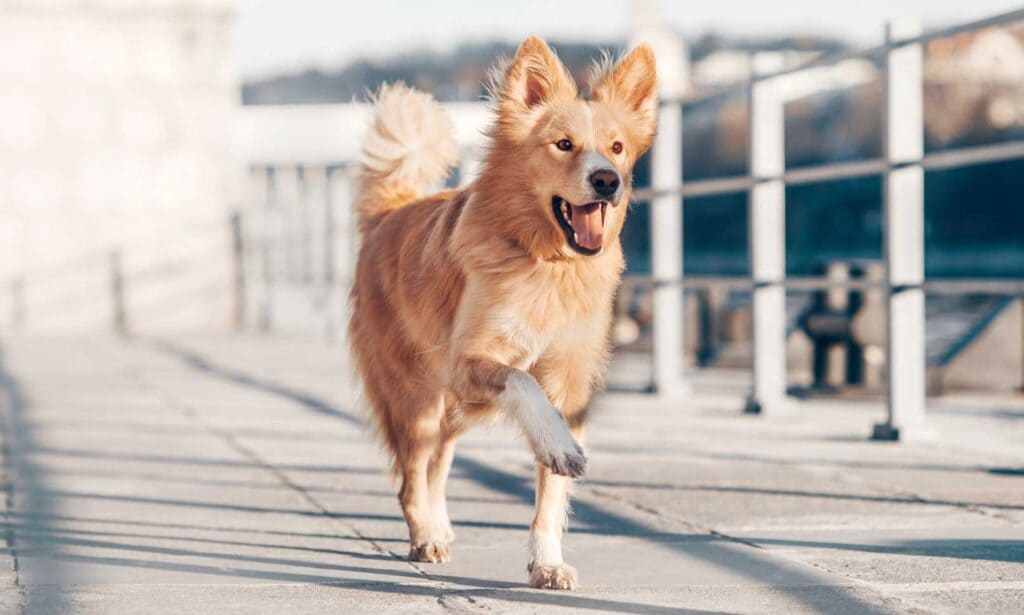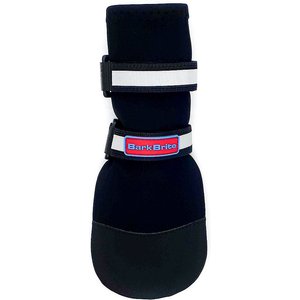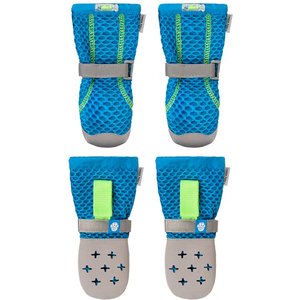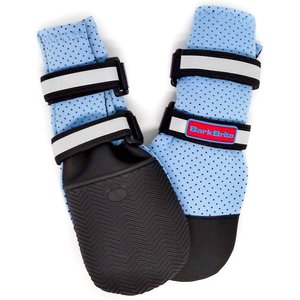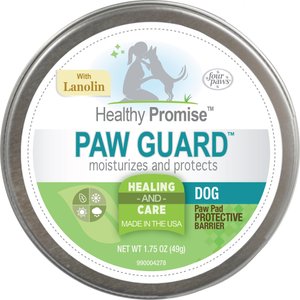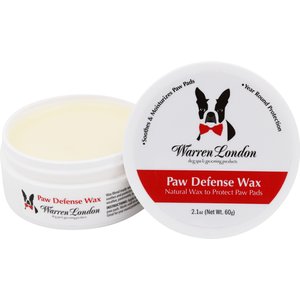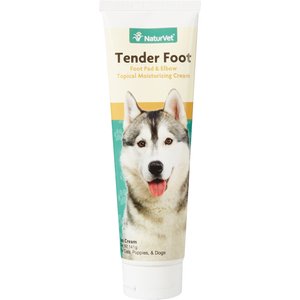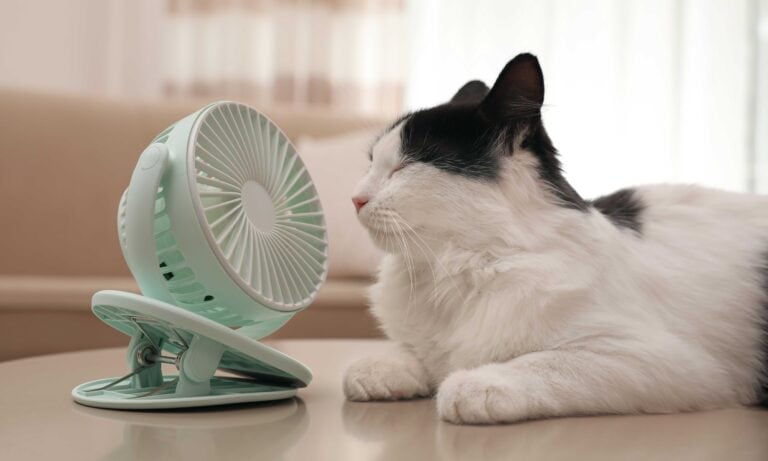Summer can be brutal on your dog’s paws. The temperature of asphalt can rise fast and become much hotter than the air temperature. You may not realize it, of course, since you probably don’t go very far in your bare feet, but your pup can easily get ouchies from hot paws. Even hot beach sand can burn your dog’s feet.
But that doesn’t mean your dog has to miss out on all the summer fun. There are some simple precautions you can take to shield your dog’s paws from hot pavement and other too-hot surfaces. We spoke with two experts to get some quick tips on protecting your dog’s paws from heat.
1Assess the Situation
The first thing you need to do to protect your dog’s paw pads is assess the situation before venturing out in the summer heat.
Place the back of your hand on the concrete prior to taking your pet on a walk.
If it’s too hot for you to comfortably keep your hand there for 5 to 7 seconds, it’s too hot for your pet.
2Find an Alternative Pathway
When it’s hot out, it’s best to stay away from cement pathways as much as possible, says Alyona "Aly" DelaCoeur, UW-AAB, certified applied animal behaviorist, certified veterinary assistant and AKC Evaluator in Austin.
"But avoiding the cement doesn’t have to mean shying away from exercise," she adds.
Try one of these alternatives:
- A park with a path
- A school with a running track (if they allow the public on it)
- Grassy or shady areas along your walking route
- Grassy backyard as a play place (if you have access to one)
- A lake, pool or dog-friendly beach (for a swim on an especially hot day!)
“Yes, this takes extra time, but your dog will thank you for it,” DelaCoeur says.
3Watch the Time
If possible, take your dog out in the early morning or late evening, after the sun goes down.
This is generally earlier than 8 a.m. or later than 7 p.m.
Outdoor surfaces are cooler at these times, and dog paw burns are much less likely to happen, says Ashley DiPrete, a registered veterinary technician at Purdue University Veterinary Hospital.
4Utilize Your Home
If it’s a sweltering, humid day, it’s not a great idea for your dog (or you, for that matter) to exercise outside.
Aside from burned paws, your pet could suffer heat exhaustion. And your dog can get just as much of a workout from training in the house, insists DelaCoeur.
“Mental stimulation can work your dog and tire him out,” she explains.
Games such as “Rover Come Over,” where two or more people call a dog back and forth between them, will get your dog running and practicing his commands, while also building a stronger bond with his family.
5Invest in Dog Booties
In many urban and suburban areas, asphalt can’t easily be avoided. In that case, pick up a pair of dog shoes—or replace worn ones—to protect your dog’s paws from hot pavement.
If footwear is a first for your pooch, practice with the booties so your dog does not feel uncomfortable when he must wear them outside, suggests DelaCoeur.
Here’s how:
- Show your pup the booties, then give a treat.
- Next, touch their feet with the booties, then give a treat.
- Practice putting the boots on and taking off their feet, preceded and followed by a treat.
“By slowly increasing how long the booties are on his feet, your dog will have no problem when it comes time to wear them,” advises DelaCoeur.
It’s not just hot summer months that are a concern, though. DiPrete urges the use of booties in winter as well (rock, salt and ice are hard on paws) and to "ensure they are high quality and fit your pet’s feet well."
6Apply Paw Wax
If your dog will simply have nothing to do with booties, another option is to shield your pup’s paws with a protective wax, like Musher’s Secret paw protection.
Paw waxes serve as a physical barrier that can protect your dog’s pads from hot surfaces and potentially harmful chemicals, like road salts and ice melts in the winter.
You can use petroleum jelly in a pinch, but paw waxes often have therapeutic, dog-safe ingredients that have additional benefits too. They don’t just protect your dog’s paws on hot pavement, they also keep your dog’s feet moisturized and help prevent cuts and cracking.
7Check Their Paws When Back Home
After any hot-weather outing, check your dog’s paws.
You should look for:
- Burns and blisters
- Cuts
- Thorns
- Debris in-between foot pads
“If you see anything that might be an injury—or your dog seems reluctant to walk—call your vet,” DiPrete says.
Even if your dog’s paws aren’t burned or cut, hanging around outside can cause dry, cracked feet as the season progresses.
You can combat that with a good canine cream for this purpose.
Protect Your Cat's Paws, Too!
Cat feet can be burned as easily as dog paws, especially if being outside is an infrequent occurrence. If your feline friend takes only occasional jaunts onto the patio or is walked on a leash once in a while, their paws may be even more sensitive to heat than your dog’s, which have had a chance to toughen up on his regular walks.
In that case, DelaCoeur says all the same precautions and care should be taken for kitty paws.
“If the cat is primarily an outdoor cat, though, then she has learned what surfaces get hot and not to walk on them,” DelaCoeur says.
If your cat’s paws do get burned, consulting a veterinarian is critical. They may recommend a non-toxic first-aid cream such as HomeoPet HP Healing Cream to aid in healing.
A hot, sunny afternoon is not the time to nudge a house cat into visiting the great outdoors for the first time. Cats can get heat exhaustion, as well as other summer-related issues, too.
More ways to keep your dog safe and cool this summer:
Share:
